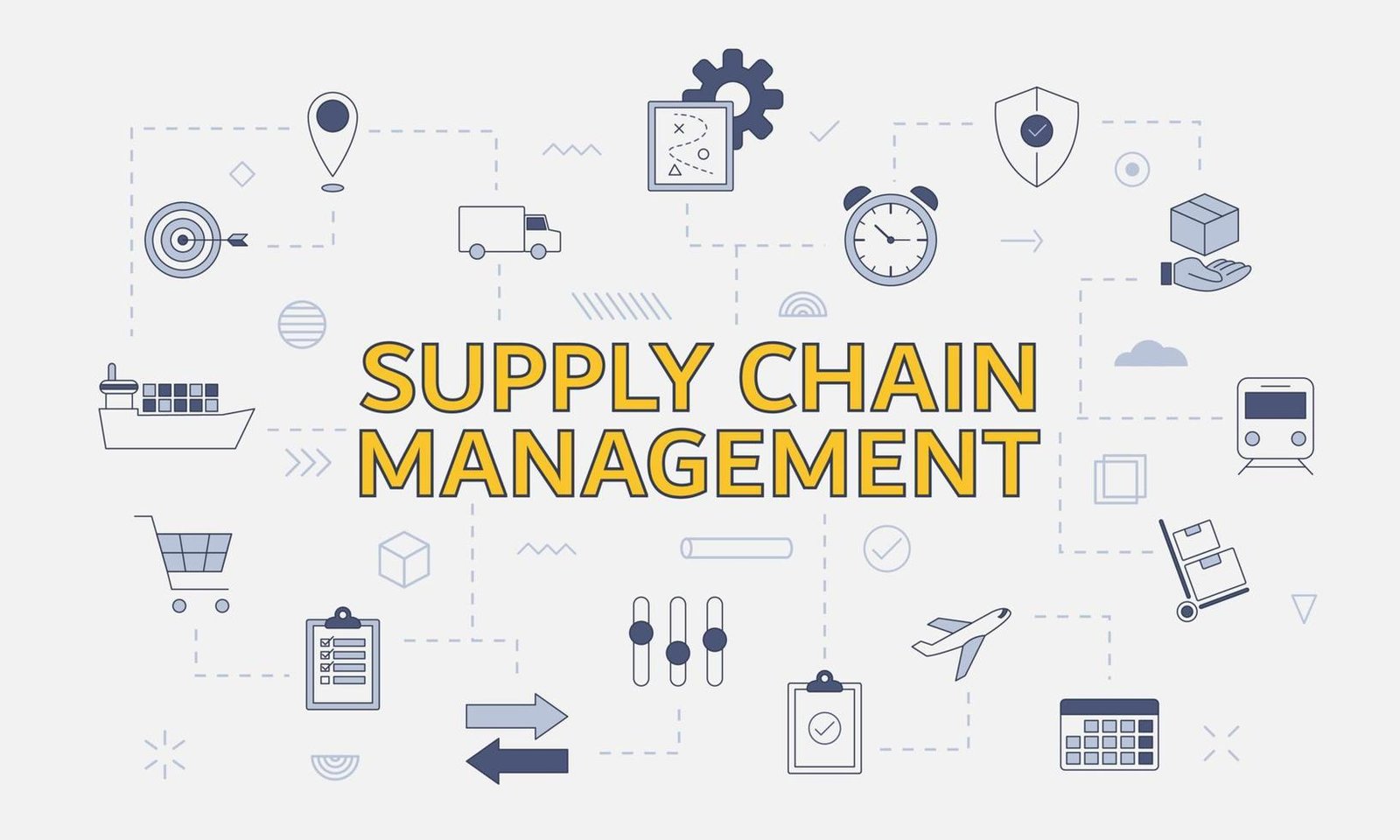With all the buzz around automation and artificial intelligence, you might be wondering if manual testing is becoming obsolete. Should you be getting rid of your manual testing processes entirely? The answer might surprise you—manual Salesforce testing is still very much relevant in 2025, just in different ways than before.
The Evolution of Testing Approaches
Testing has come a long way over the past decade. We’ve moved from almost entirely manual testing to sophisticated automated testing frameworks. But here’s the thing: this evolution doesn’t mean manual testing has disappeared. Instead, it’s evolved into something more strategic and focused.
Think of it like how calculators didn’t eliminate the need to understand math—they just changed how we use our mathematical knowledge. Manual testing has transformed from routine checking to specialized, thoughtful evaluation.
Where Manual Testing Still Shines
Certain aspects of Salesforce testing are still better suited for human testers. Exploratory testing, where testers actively look for unexpected behaviors and edge cases, requires human creativity and intuition.
When you’re clicking through a new feature, you might notice something that “just feels off” even if it technically works correctly. That intuition is something automated tests can’t replicate—at least not yet.
User Experience Evaluation
Automated tests can tell you if a button works, but they can’t tell you if your user interface is confusing or frustrating. Manual testing is essential for evaluating the actual user experience.
Does this workflow make sense? Are there too many clicks to complete a simple task? Is the layout intuitive? These questions require human judgment that goes beyond functional testing.
Testing New Features and Changes
When you’re implementing brand new functionality in Salesforce, manual testing is often the first line of defense. Before you invest time in writing automated tests, you need to understand how the feature works and what edge cases exist.
Manual testing during early development helps validate concepts, catch obvious issues, and inform what automated tests you’ll need to create later.
The Cost-Benefit Analysis
Let’s be real: automation isn’t free. Creating and maintaining automated tests requires time, expertise, and often specialized tools. For some testing scenarios, especially one-time checks or rarely-used features, manual testing might actually be more cost-effective.
If you’re testing something that only happens once a year, spending weeks building automated tests probably doesn’t make sense. A quick manual check might be the smarter choice.
Businesses need to make smart resource allocation decisions, much like the strategic approach taken by companies featured on business north west. Understanding when to automate and when to test manually is part of that strategy.
Handling Complex Business Logic
Salesforce often contains complex business rules that are unique to your organization. Testing whether these rules work correctly in all scenarios can be challenging to automate, especially when the rules involve subjective judgment or complex workflows.
Manual testing allows testers to work through these complex scenarios with the same business understanding that your actual users have.
Visual and Aesthetic Testing
Automated tests are great at checking functionality, but they struggle with visual elements. Does your custom Lightning page look good on different screen sizes? Are your brand colors displaying correctly? Are images loading properly?
Manual testing is still the gold standard for catching visual bugs and ensuring your Salesforce interface looks professional and polished.
Accessibility Testing
Making sure your Salesforce implementation is accessible to users with disabilities is both important and challenging. While some accessibility checks can be automated, many require manual verification.
Can someone navigate your custom app using only a keyboard? Are screen readers able to interpret your interface correctly? These questions need human testers who understand accessibility requirements.
Ad-Hoc Testing and Quick Checks
Sometimes you just need to quickly verify something works before a big presentation or important meeting. In these situations, manual testing is fast and practical.
You don’t need to update test scripts, run a full test suite, or wait for automated tests to complete. You can just log in, check what you need to check, and move on with confidence.
The Hybrid Approach: Best of Both Worlds
Here’s the reality in 2025: the most effective testing strategies combine automated and manual testing. This hybrid approach leverages the strengths of each method while compensating for their weaknesses.
Use automation for repetitive checks, regression testing, and high-volume scenarios. Use manual testing for exploratory work, user experience evaluation, and complex business scenarios.
Training and Onboarding
Manual testing plays an important role in training new team members. Having someone manually test Salesforce features helps them understand how the system works and what users need.
This hands-on experience is invaluable for developers, administrators, and business analysts who need to deeply understand your Salesforce implementation.
Validating Automated Test Results
Here’s something people often overlook: sometimes you need to manually verify that your automated tests are working correctly. Automated tests can have bugs too, or they might not be testing what you think they’re testing.
Periodic manual validation ensures your automation is doing what it’s supposed to do. It’s like having checks and balances in your testing strategy.
Exploratory Testing for Innovation
When you’re trying to push Salesforce to its limits or exploring new ways to solve business problems, exploratory manual testing is where innovation happens. Testers can try unexpected combinations, test unusual scenarios, and discover capabilities you didn’t know existed.
This creative exploration is difficult to automate because you’re specifically looking for things you didn’t anticipate. Much like the unpredictable nature of digital trends discussed on influencers gone wild, innovation in testing requires human creativity and curiosity.
Security and Penetration Testing
While some security testing can be automated, thorough security evaluation often requires manual penetration testing. Security experts manually probe your Salesforce implementation looking for vulnerabilities that automated tools might miss.
This hands-on approach to security testing remains crucial in 2025, especially as security threats become more sophisticated.
The Human Element in Critical Testing
Some testing is too important to rely solely on automation. Before major releases or critical updates, many organizations still perform manual testing as a final safeguard.
This isn’t because they don’t trust their automation—it’s because they want that extra layer of human verification for peace of mind. When the stakes are high, manual testing provides additional confidence.
Adapting to Rapid Changes
Salesforce updates three times a year with new features and changes. Sometimes these updates happen faster than you can update your automated tests. Manual testing provides flexibility to quickly adapt to these changes.
While you’re updating your automation, manual testing keeps your quality assurance process moving forward without delays.
The Future: Manual Testing Evolves, Doesn’t Disappear
Looking ahead, manual testing isn’t going away—it’s evolving. Testers are becoming more specialized, focusing on areas where human judgment adds the most value. The routine, repetitive work is being automated, freeing testers to do more strategic, thoughtful work.
This evolution means manual testers need new skills: understanding automation, analyzing data, and thinking strategically about risk and quality.
Conclusion
Is Manual Salesforce Testing Still Relevant in 2025? Absolutely. While automation has transformed the testing landscape, manual testing remains essential for user experience evaluation, exploratory testing, visual checks, and complex scenarios that require human judgment.
The key is finding the right balance. Smart organizations in 2025 aren’t choosing between manual and automated testing—they’re using both strategically. Manual testing has evolved from being the only option to being a specialized, valuable part of a comprehensive testing strategy. The human element in testing isn’t just relevant; it’s irreplaceable for certain critical aspects of quality assurance.
| **T












Leave a Reply